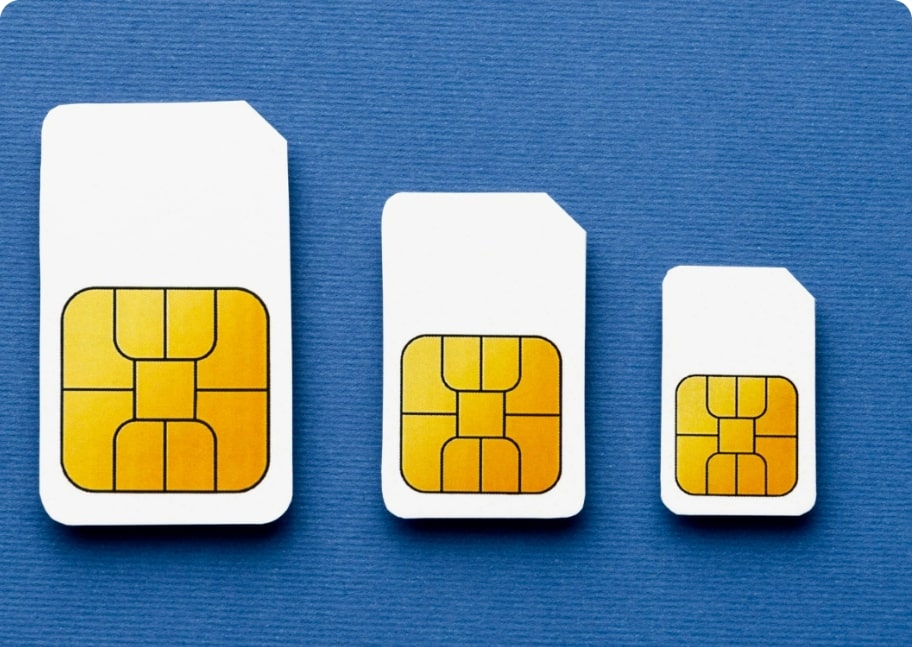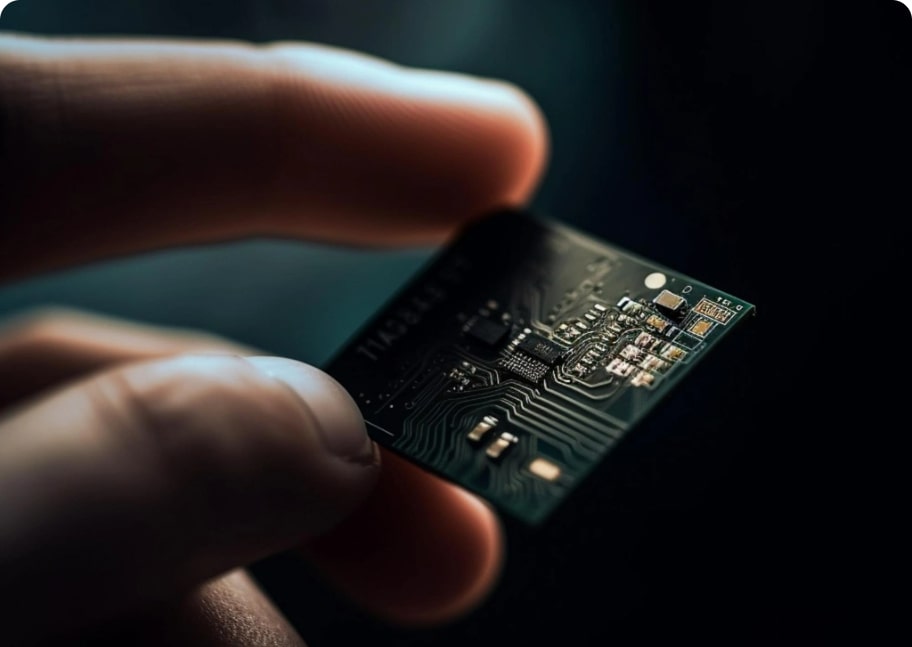In the realm of mobile connectivity, the choice between eSIMs (embedded SIMs) and traditional SIM cards is becoming increasingly pertinent. Each option offers distinct advantages and considerations depending on your needs and preferences. Let’s delve into the differences between eSIMs and traditional SIM cards to help you determine which is the right choice for you.
Key Aspects of Traditional SIM Cards
- Physical Presence: Traditional SIM cards are physical cards that need to be inserted into your device’s SIM card slot. They come in various sizes (standard, micro, nano) to fit different devices.
- Carrier Dependency: Each traditional SIM card is tied to a specific carrier. If you want to switch carriers, you typically need to physically replace the SIM card with one from the new carrier.
- Global Compatibility: Traditional SIM cards are universally accepted by mobile networks worldwide, making them reliable for international travel when you need immediate local connectivity.
Introducing eSIMs
eSIM is integrated directly into your device’s hardware and can be programmed remotely with multiple carrier profiles. Here’s what you need to know about eSIM:
- Embedded Nature: eSIMs are built into compatible devices during manufacturing. They eliminate the need for a physical SIM card, offering a more streamlined and durable solution.
- Flexibility: With eSIMs, you can switch between different carriers and plans without physically swapping SIM cards. This flexibility is particularly advantageous for travellers or those who frequently switch carriers.
Choosing Between eSIM and Traditional SIM Cards
Consider eSIMs if:
- Travel Frequently: If you travel often and prefer not to deal with the hassle of buying local SIM cards or paying for international roaming fees, eSIMs allow you to switch to a local carrier’s plan seamlessly.
- Device Compatibility: Check if your device supports eSIM technology. Many newer smartphones, tablets etc. are eSIM-enabled, but compatibility varies by model and manufacturer.
- Need Flexibility: If you value the ability to switch carriers easily or use multiple phone numbers on the same device, eSIMs provide the flexibility to manage your connectivity preferences conveniently.
Both eSIMs and traditional SIM cards have their unique strengths and considerations. The choice ultimately depends on your specific needs, preferences, and the capabilities of your device. Whether you prioritize flexibility, convenience, or global compatibility, understanding these differences empowers you to make an informed decision that enhances your mobile connectivity experience. Embrace the evolution of technology with eSIMs or rely on the trusted reliability of traditional SIM cards—the choice is yours to make based on what best suits your lifestyle and connectivity requirements.







